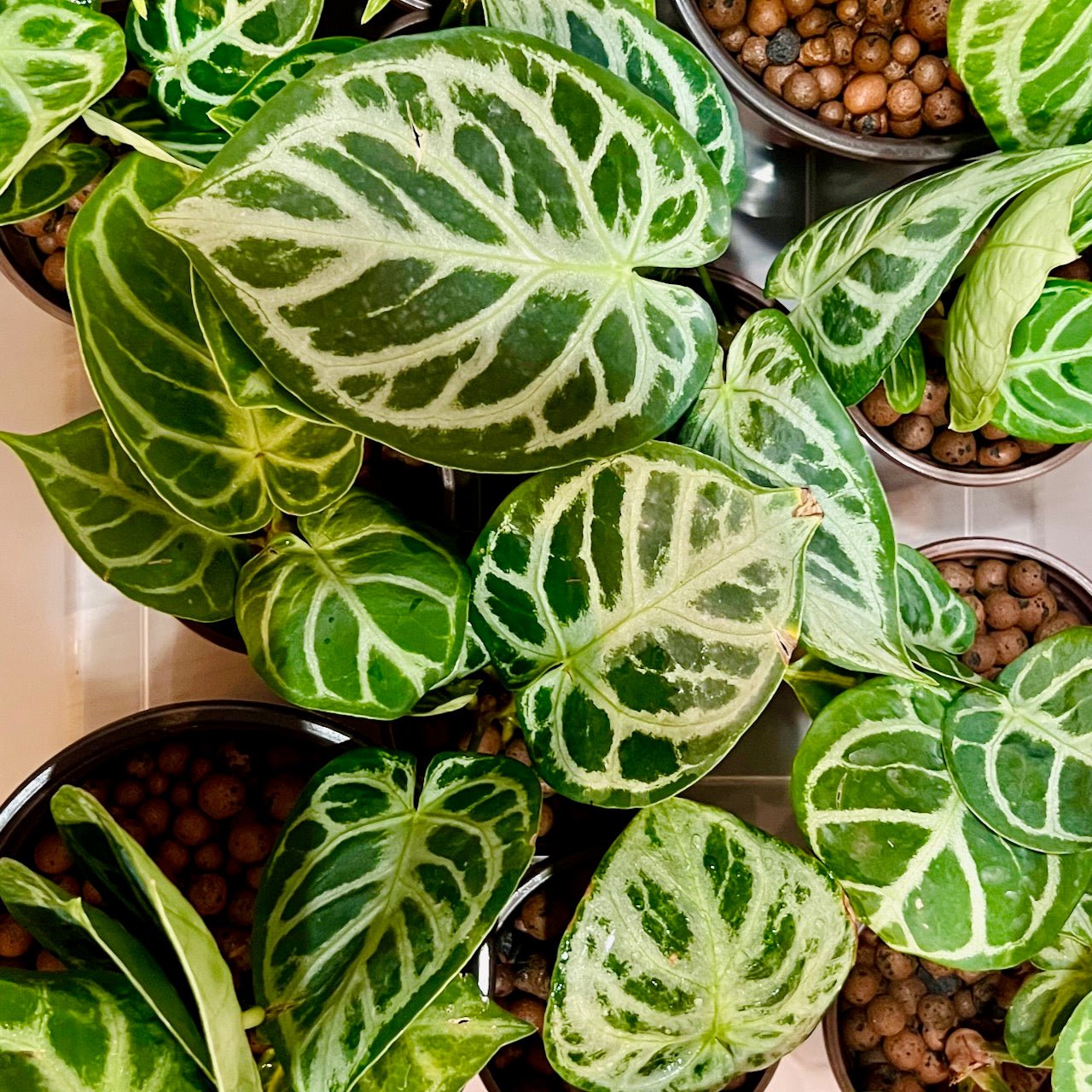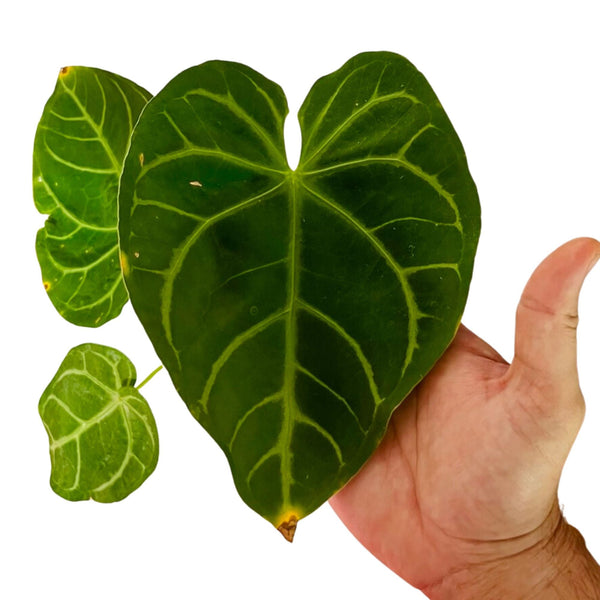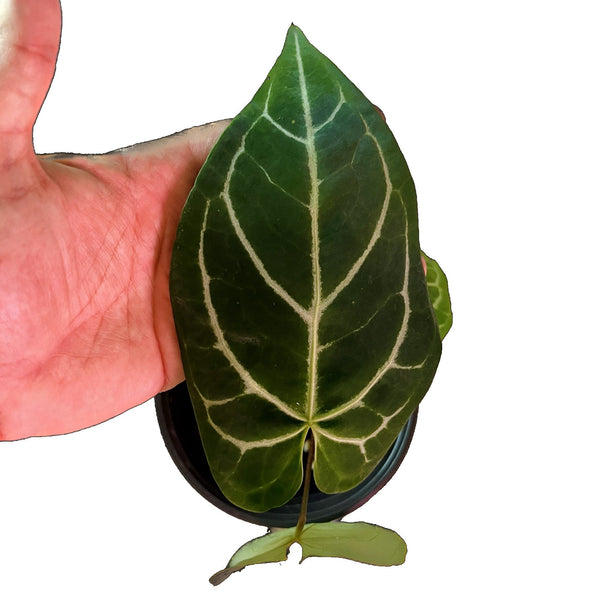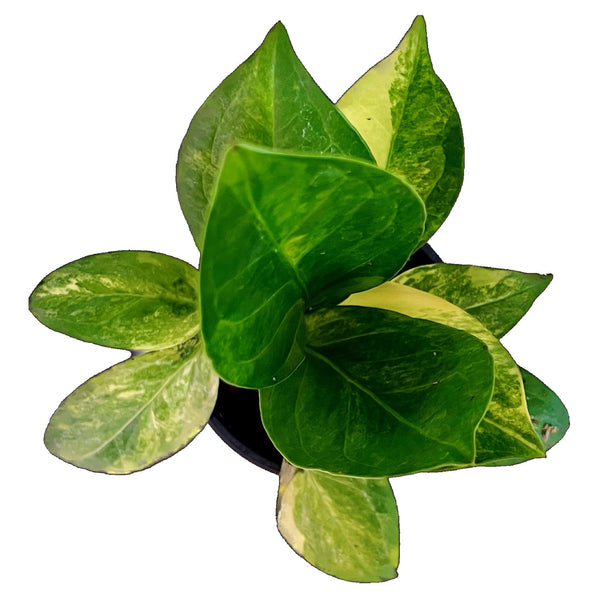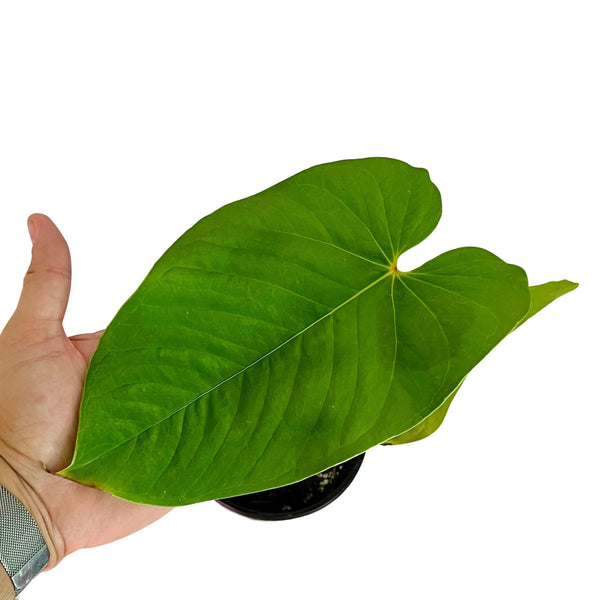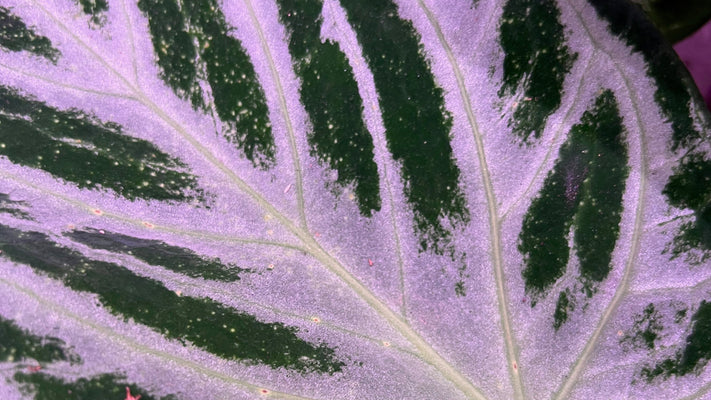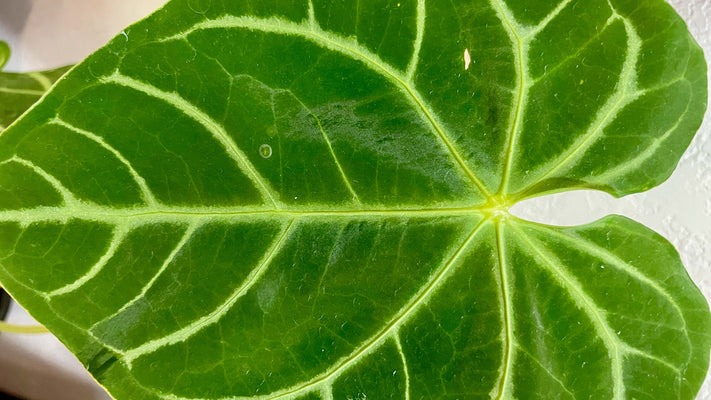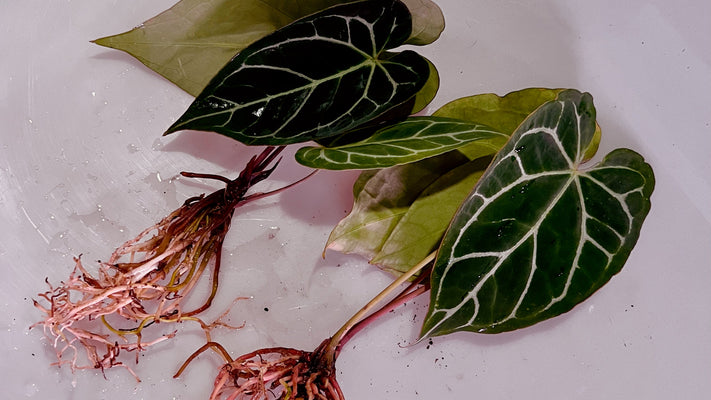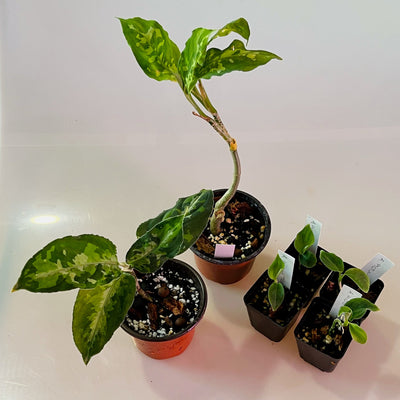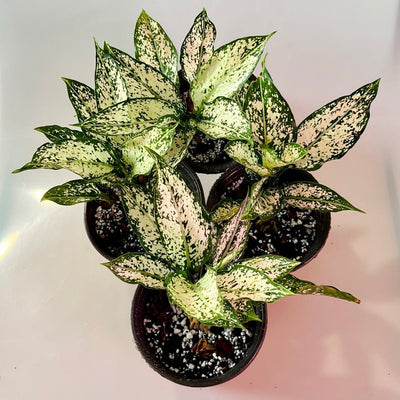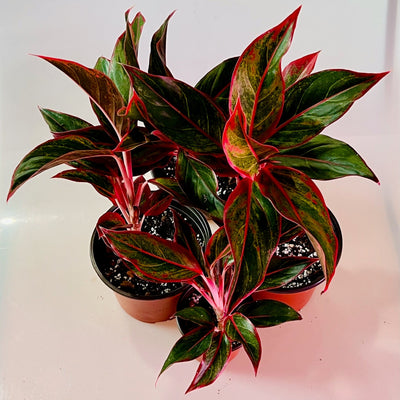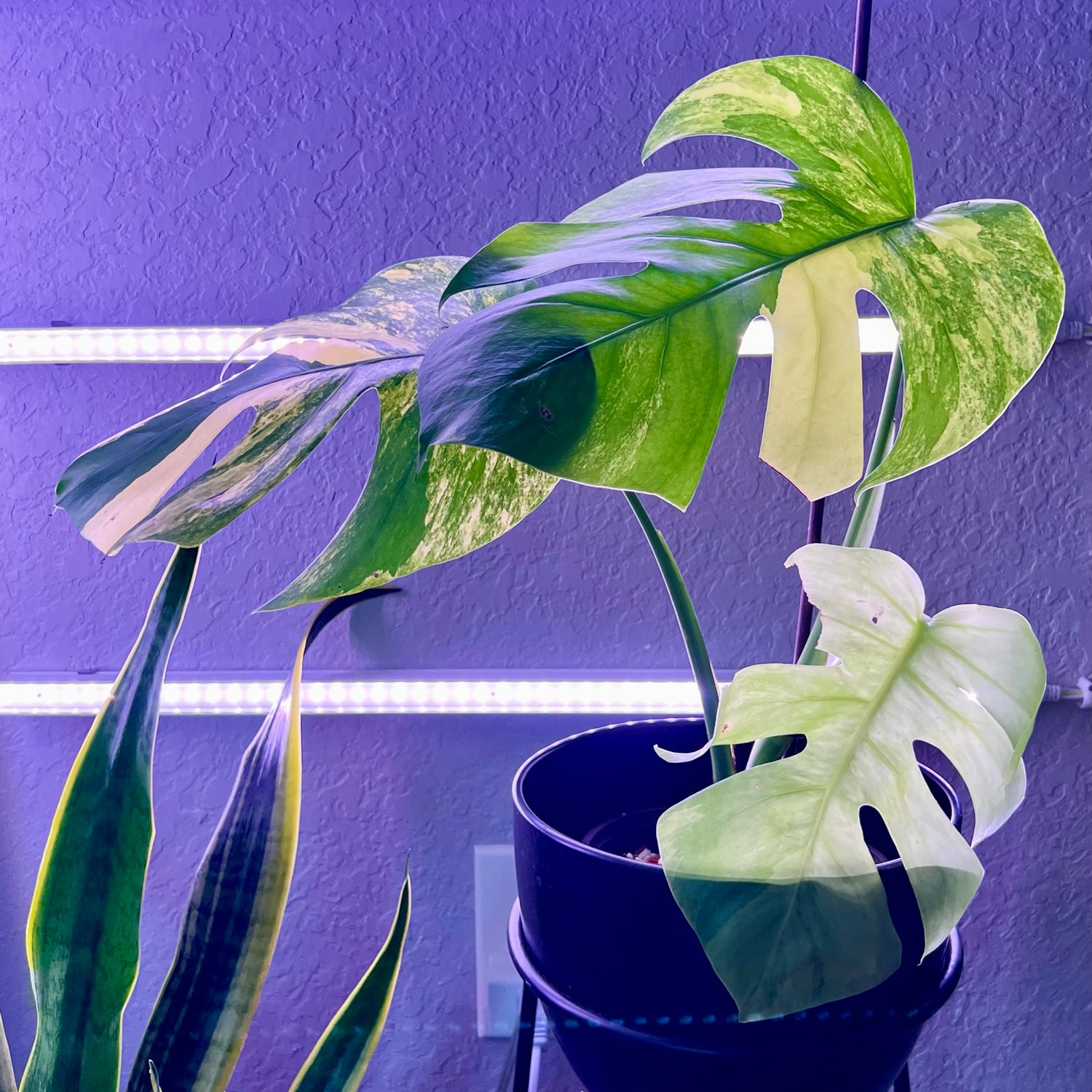Light
Your Dorayaki needs bright, indirect light to thrive. Avoid direct sunlight as it can burn the leaves. Place it near a north or east-facing window with filtered sunlight or use a sheer curtain to diffuse the light.
Watering
Anthurium Dorayaki prefers to be kept moist but not waterlogged. Water thoroughly when the top 1-2 inches of soil feel dry to the touch. Drain excess water from the saucer to avoid root rot.

Anthuriums can be more demanding of high humidity than most plants. A dedicated grow cabinet is a great way to provide ideal conditions
Humidity
The Dorayaki prefers high humidity levels between 60-80%. Enclose in a grow cabinet, place a pebble tray filled with water beneath the plant, mist the leaves regularly, use a humidifier, to increase humidity levels.
Temperature
Anthurium Dorayaki prefers a warm, consistent temperature between 60-80°F (16-27°C). Keep it away from drafts or sudden temperature changes.
Fertilizing
Your Dorayaki will benefit from a balanced, water-soluble fertilizer every 2-3 months during the growing season (spring and summer). Use a fertilizer with equal parts nitrogen, phosphorus, and potassium.
Pruning
The Dorayaki requires minimal pruning. Remove any yellow, dead or damaged leaves as they appear to promote new growth.
Potting and Soil
Anthurium Dorayaki prefer to be slightly root-bound, so repot only when necessary every 2-3 years. Use a well-draining potting mix with a high content of peat moss or coco coir to promote healthy growth.
Pests and Diseases
Your Dorayaki is generally pest and disease-resistant, but may occasionally suffer from spider mites, mealybugs, or scale insects. Treat infestations with insecticidal soap or neem oil.
By following these care tips, your Anthurium Dorayaki plant will thrive and provide you with beautiful blooms for many years to come.


